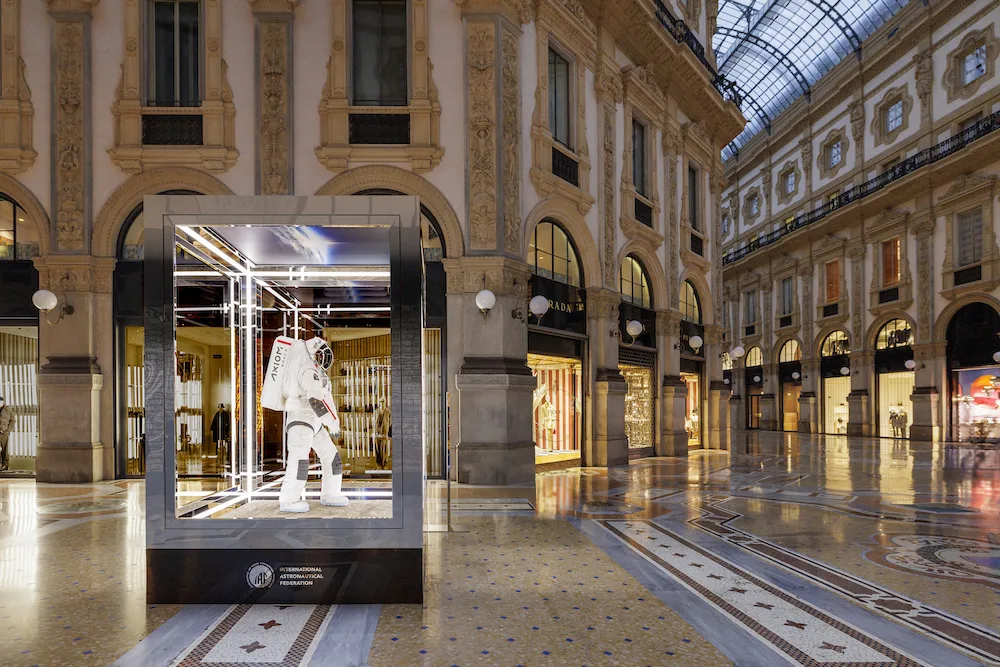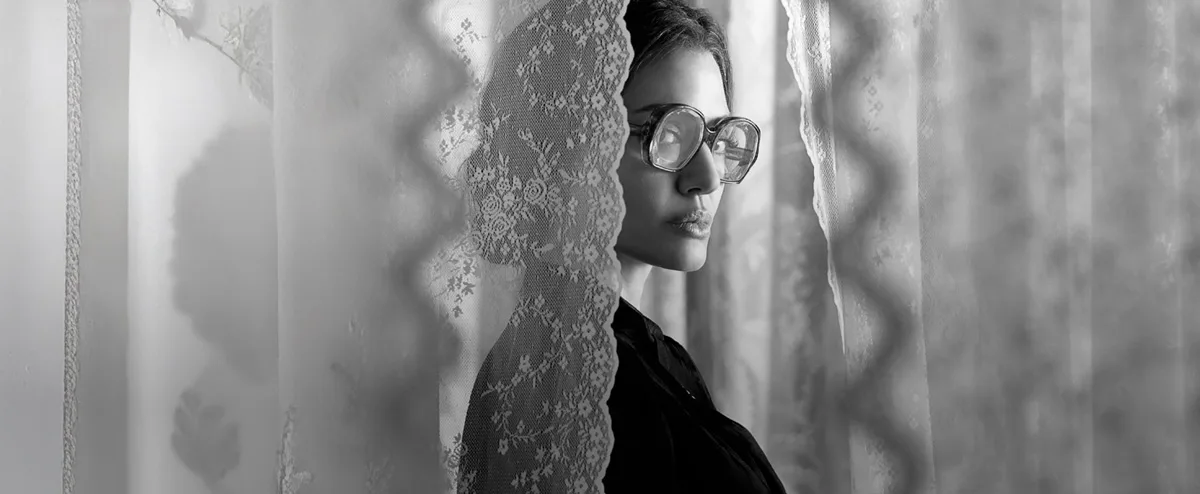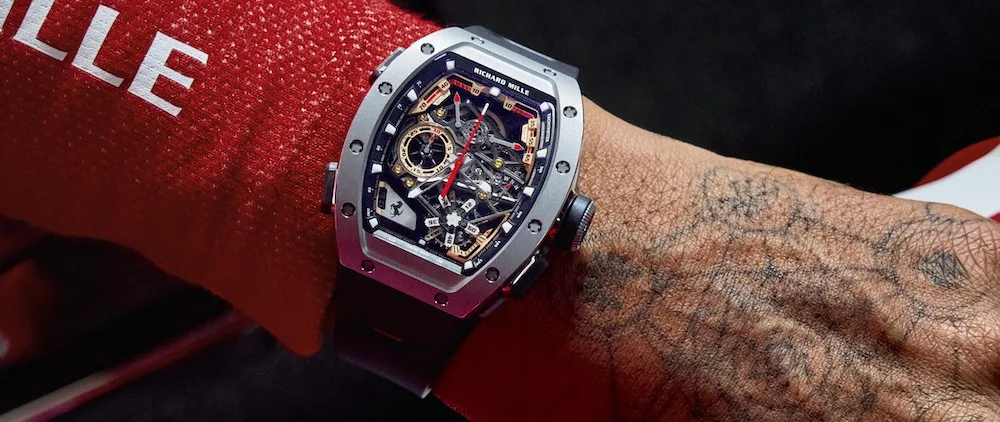 The new Greubel Forsey Hand Made 1 is a stellar example of classic Swiss watchmaking,with hand tools and hand operated lathes, the skill of the craftsman determining both, the design and the finish of the watch.
The new Greubel Forsey Hand Made 1 is a stellar example of classic Swiss watchmaking,with hand tools and hand operated lathes, the skill of the craftsman determining both, the design and the finish of the watch.
Basic tools create basic parts, so to ensure they fitted together and endured, they were hand finished. Gradually, machines were able to manufacture and cut parts from metal that were reasonably accurate, so the extent of hand finishing required diminished accordingly. Now, in an age of computer plans, controlled CNC machines and precision cutting, the need for such skills has receded to a minimum. Greubel Forsey has chosen to reverse all of that. For the “Hand Made 1”, 95 percent of the watch will be handmade, the manufacture and finishing of the components coming down to the expertise of the artisan, and only a few parts will be mechanically produced: the sapphire crystal, the case gasket, the spring bars, the jewels, and the mainspring.
Robert and Stephen are no strangers to making and finishing parts by hand; Robert Greubel created handmade parts as a prototypist and Stephen Forsey did so restoring antique watches. When Greubel Forsey (as Complitime) was set up from 1999, they made their own prototype parts on big borer and lathe. The same impetus that drove Robert and Stephen to help found TimeAeon and create the Naissance d’une Montre project lies behind their new watch. In this case, they want to reverse the loss of artisan skills in watchmaking. The wish to preserve such skills and introduce this new watch was not solely demand driven, there was also a desire to learn the hand manufacture skills by the artisans at Greubel Forsey. It all sounds quite simple until you start to put some numbers on the scale of the problem. The watch is relatively simple: it is a time only watch: hours, minutes, and seconds. However, the escapement is a tourbillon. Tourbillons require a further degree of skill and design in watchmaking beyond a simple escapement, especially so if the watch is to be hand-made.

For such a “simple” watch there are still 300 parts to be made by hand: 272 movement components and 36 case parts down to the hair spring and the tourbillon escapement.
Why is the hand manufacture of a hair spring so difficult and almost an extinct skill? To begin with, it’s the regulating organ of the watch: it makes its heartbeat, that hypnotic “tick-tock”. The balance spring is made from an alloy at Greubel Forsey, rolled in a hand-operated rolling mill -without computer assistance- to the required form. Hand making the balance spring is a dying art as only a few can be made at any one time. The manufacture has to be precise. Manufacture a balance spring with the wrong expansion and contraction properties and the watch cannot keep time accurately. In contemporary industrial production, hundreds of thousands of balance springs are automatically produced at once to a required standard. Some parts of the movement were redesigned in order to simplify them. The tourbillon, however, needed more components (69 to be exact) and a specific design in order to be produced by hand; all contained within a mechanism weighing approximately half a gram.
Second, hand-making a watch with 300 parts requires skilled artisans and plenty of time. Essentially, Greubel Forsey are reversing every other trend in the Swiss watch industry and investing heavily in people and skills, moving away from productivity enforcing machinery. The problem for hand manufacture is the need to create more parts than required by the actual watch movement, as it requires far more skill in terms of trial and error. With no computer-controlled precision cutting to a CAD blueprint, it is left to the knowledge and skill of the artisan’s hands to shape and fit the part to the movement. For approximately 300 parts in the watch, 800 parts need to be created. A tourbillon cage takes 35 times longer to complete from handmade components; to make one wheel in the gear train takes 600 times longer; a single screw, usually the output of a tireless automatic lathe, requires 12 individual operations and as much as eight hours of work from an artisan. The scale of the manufacture becomes all too apparent, a completely handmade watch is about as labour intensive and uneconomic as you can get. Truly handmade watches take time: 6,000 hours work or one artisan working flat out for three years.

The finished watch, the machine with a heartbeat, wrought from metal with the skill and dexterous knowledge of the artisan’s hands is stunning: it gleams and mesmerises. Rather than use a design from yesteryear, the Greubel Forsey Hand Made 1 is very much the modern wristwatch: a minimalist and austere form that pares back decoration and over complication in favour of providing a canvass for demonstrating the variety of manufacturing and finishing skills. It fits within George Daniels’s dictum that watch manufacture resorts to decoration on the movement when they have run out of ideas. Handmade components within a watch will also endure longer; the finishing and the fitting of parts allows for the tolerances and the ability of the finish to resist tarnishing and attrition.
A decision of this nature is not without considerable thought. If auction prices are anything to go by, collectors are demanding a return to artisan skills and design in their modern watches. Stephen Forsey remarked that “The TimeAeon Foundation and Naissance project gave some visibility to hand crafted skills and we were pleasantly surprised by the level of feedback from collectors and clients. We do see a higher level of education and collectors are seeking out credibility and authenticity more keenly.” The Hand Made 1 watch is a continuation of their work.
Rather that limit the series to a set number as in the past (usually a multiple of 8 or 11), the production of the Greubel Forsey Hand Made 1 will be constrained to two or three watches a year, purely on the basis of the time required to make each of them. Each piece will be individually ordered and, as with anything handmade, bespoke, and therefore personal.
To quote Stephen on the watch: “For Robert and I, the “Hand Made 1” represents a horological landmark; a true milestone, not just for Greubel Forsey. The very nature of such a unique creation means each watch will be unique anyway … how we imagined the piece must be to capture and convey the Greubel Forsey spirit. This is an unprecedented achievement in terms of percentage hand-made, precision, accuracy and finish … it was a very tall order to get here.”
Author: Andrew Hildreth

















Show Comments +